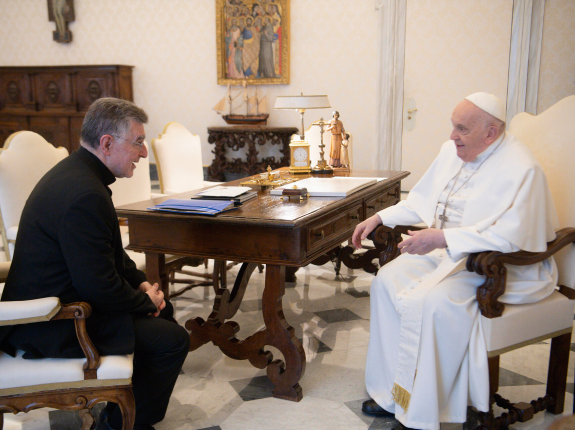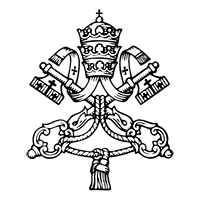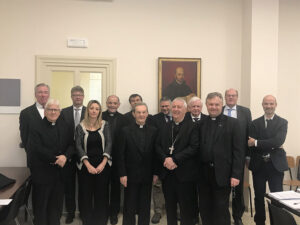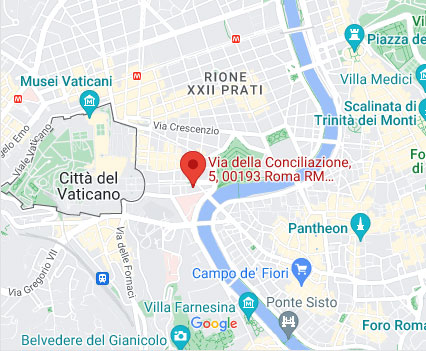Presentazione
.
Il processo di Bologna iniziato nel 1999 ha visto l'adesione della Santa Sede durante il vertice di Berlino nel 2003.
Con il 2010 ha avuto avvio la seconda fase del processo nell'ambito della quale si è voluto sostenere una sempre maggiore attenzione al tema della qualità.
Il presidente di AVEPRO ricevuto dal Papa

Il 4 marzo il Santo Padre ha ricevuto Padre Armand Puig i Tàrrech, Presidente AVEPRO, in udienza privata. I temi affrontati hanno riguardato le attività future dell’Agenzia unitamente allo sviluppo del concetto di qualità alla luce del magistero. Il Papa ha incoraggiato Padre Armand a proseguire con gli obiettivi prefissati. Read More


